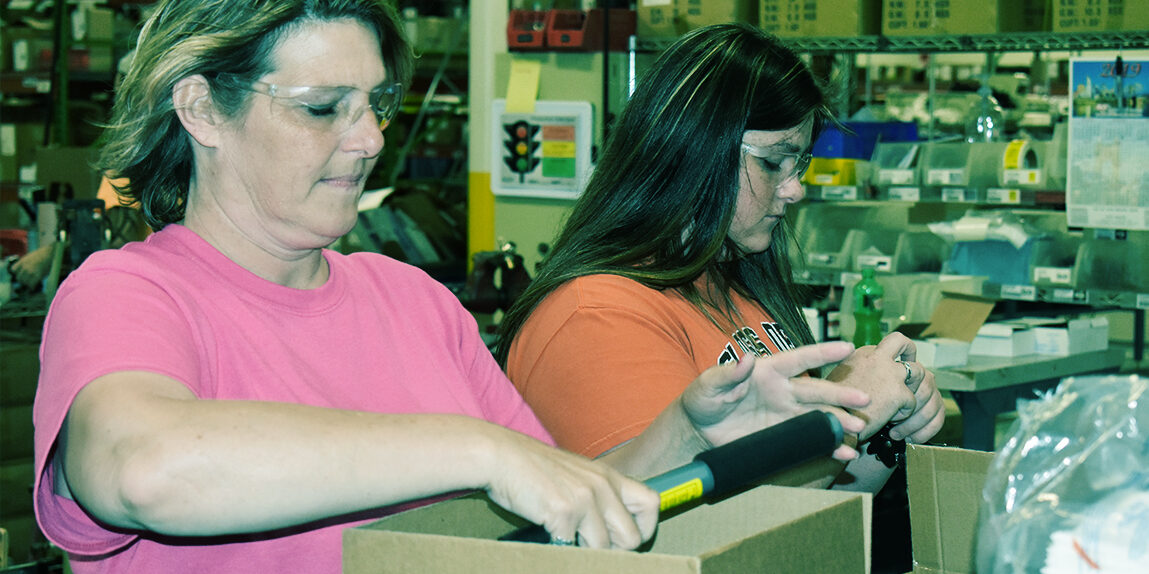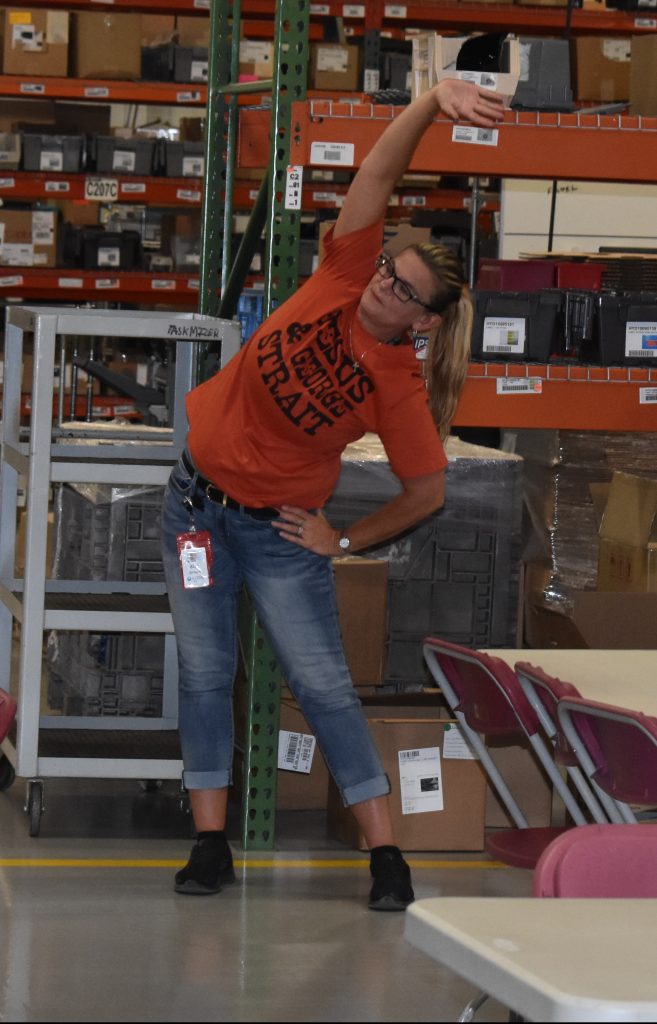Strategies to Create a Safer Workplace

Serge’s Sentiments
We often think of June as the month that marks the official start of summer, but did you know it’s also National Safety Month? Hosted by the National Safety Council, Safety Month focuses on reducing the leading causes of injuries at work. Considering that the average person spends one third (90,000 hours) of their lifetime at work, it’s important for businesses to provide employees with a safe working environment. As a CEO, safety for my employees is always top of mind.
Establishing and sustaining a strong culture of safety in the workplace can have a positive impact on your employees, the public’s perception of your company as well as your bottom line. However, it requires an intentional approach to change management and the discipline to stay the course.

Ask yourself the key questions
To improve the safety culture within your organization, consider the following best practices:
1. Understand the problem. Whether your employees work in a warehouse, traditional office environment, commercial kitchen or at a construction site, it is important to understand the risks and collect data on these risks. This includes looking at incident and near miss reports as well as other data obtained from safety walks or through find it fix it programs.
2. Engage the workforce. Once the problem is understood, develop a core team to work on the vision as to what “great” looks like in a safety culture. This also includes creating the vision and roadmap to make the connection to the broader workforce. At Hydro, we conducted a Safety StandDown and asked all employees for their “data” on our safety culture. Based on feedback from our production employees, we now conduct stretch and flex exercises at the beginning of each shift and after lunch to help prevent workplace injuries from occurring.
3. Motivate the workforce to change. Connect with employees at an emotional level regarding the need for change. At Hydro, we link safety to our family-centric culture – caring for each other is who we are. This also allows us to create stories around what behaviors we expect to see related to safety.
4. Follow through with action. Execute on the actions of your safety roadmap with constant communication on progress and updates and invest in employee development. Implement products, tools and technology that help to reduce risk or prevent incidents and offer first-aid solutions that can lessen the impact of injuries. For example, closed loop dispensing systems reduce the chances of employees encountering potentially harmful chemicals, while burn care products and bandages can assist if there is a lapse in safety.

5. Lead by example and make it part of the daily routine. The safe way isn’t always the easiest way, and without a leader taking steps toward safety, it can be difficult to engage employees. To gain buy-in from employees, make sure that they understand why safety is so important, demonstrate that your company cares about their well-being and make safety a frequent topic of conversation at every level of your organization. Communicate clearly and regularly – employees should know exactly what to do if an accident or injury occurs and where to go if there’s a fire, tornado or other natural disaster. At Hydro Systems, safety comes first in everything we do. In fact, safety is the first thing that we discuss in our weekly huddle meetings as well as our quarterly employee meetings.
To learn more about workplace safety, check out this American Cleaning and Hygiene article from Hydro’s very own Matt Hayas. He discusses how to create safer chemical handling environments for the more than 43 million U.S. workers who produce and handle hazardous chemicals in over five million workplaces.
Connect with me via LinkedIn or at serge.joris@hydrosystemsco.com to discuss your thoughts on this topic.

Customer Service and Technical Support
Call 1-800-543-7184 Monday-Friday 8am - 5pm EST











